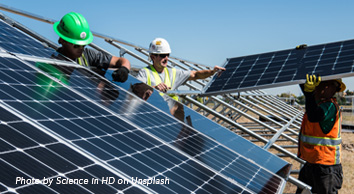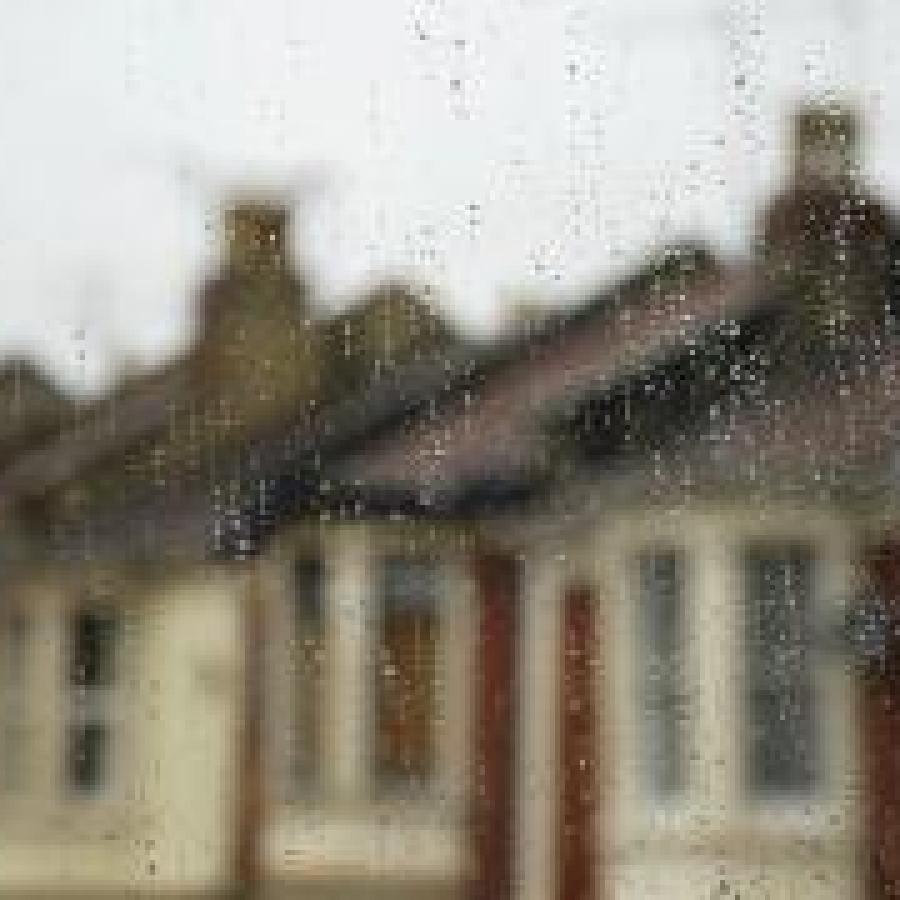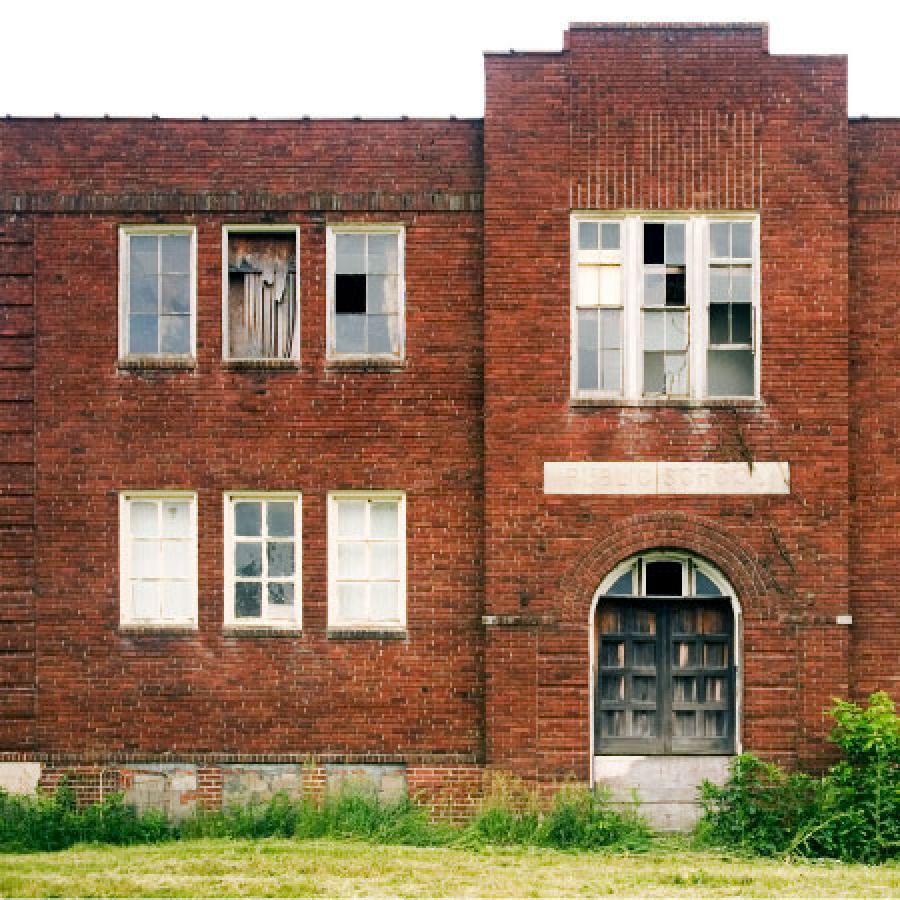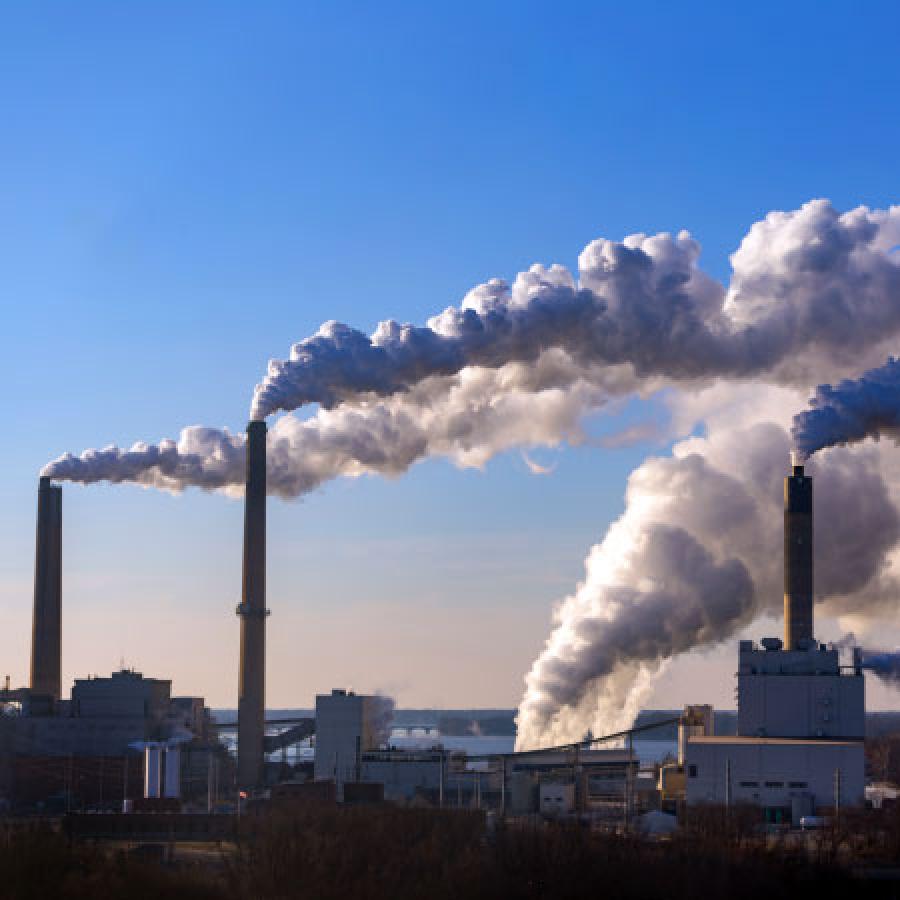Neighborhood poverty: All neighborhoods should be communities of opportunity.
Insights & Analyses
- In 2022, 12.5 percent of people of color lived in high-poverty neighborhoods, compared to 3.6 percent of the white population—a gap of about 9 percentage points. In 1990, this gap was 22 percentage points.
- Nationwide the percent of Black people living in high-poverty neighborhoods has decreased by nearly half since 1990.
- While Black people were most likely to live in high-poverty neighborhoods in 1990, Native Americans are now most likely to live in high-poverty neighborhoods.
- South Dakota has the highest percentage of Native American residents living in high-poverty neighborhoods. Over half of Native Americans in South Dakota live in high-poverty neighborhoods.
- Detroit, MI has the highest share of residents living in high-poverty neighborhoods at 55 percent.
Drivers of Inequity
People of color are more likely to live in neighborhoods with concentrated poverty due to the long history of racial segregation in the United States. This segregation was forged through historical practices such as the expropriation of land from Indigenous people, racially exclusive housing covenants, and redlining. While many of these practices were explicitly aimed at Black Americans, they laid the foundation for patterns of segregation among other marginalized racial groups. Today, segregation is maintained through practices like discrimination in mortgage lending and exclusionary zoning policies. Segregation has led to the dispossession of communities of color and their exclusion from economic prosperity while enabling white communities to accumulate wealth and resources.
Strategies
Grow an equitable economy: Policies to build communities of opportunity
- Require or incentivize the inclusion of affordable housing within new developments using inclusionary zoning, community benefits agreements, density bonuses, or other tools.
- Implement equitable growth policies that reduce poverty and increase the economic security of low-income families with children by connecting people with employment in good jobs.
- Ensure enforcement of fair housing laws and the application of HUD's commitment to "affirmatively further fair housing."
- Increase public and private investments in home construction that diversify the housing supply and offer affordable homebuyer opportunities, both of which support first-time buyers in finding entry homes.
- At the federal level, require Federal Deposit Insurance Corporation insured banks to provide high quality and affordable mortgage products to Black and Latinx households, establish a program to assist with down payment and closing costs for those who currently live or grew up in historically redlined communities, and ensure that federal housing programs reduce negative impacts of gentrification.
Strategy in Action
Evergreen Cooperatives build wealth in Cleveland neighborhoods. Consisting of foundations, hospitals, universities, and the City, the Evergreen Cooperatives are creating jobs and wealth-building opportunities in some of the highest poverty neighborhoods in Cleveland by leveraging a portion of their multibillion dollar annual business expenditures to start and convert worker-owned cooperatives. Between 2009 and 2013, the Evergreen Cooperatives launched an industrial laundry, a solar installation firm, and an urban farm. Since its founding, the Evergreen Cooperative Laundry has expanded and employs 200 workers, 100 of whom are employee-workers with profit-sharing benefits of about $9,000 annually. In 2018, Evergreen launched the Fund for Employee Ownership, which aims to convert family businesses whose owners are approaching retirement into co-ops. As of 2025, Evergreen has converted six local businesses into worker-owned cooperatives with a total of 100 employees, 80% of whom are employee-owners. Learn more.

Resources
- Reports: Build an Equitable Economy; Poverty Fact Sheet: Suburban Poverty; Overlooked Suburbs: The Changing Metropolitan Geography of Poverty in the Western United States
- Data: Living Wage Calculator; US Census Bureau Housing Data; Paycheck to Paycheck; Mapping Inequality: Redlining in New Deal America; The Opportunity Atlas



